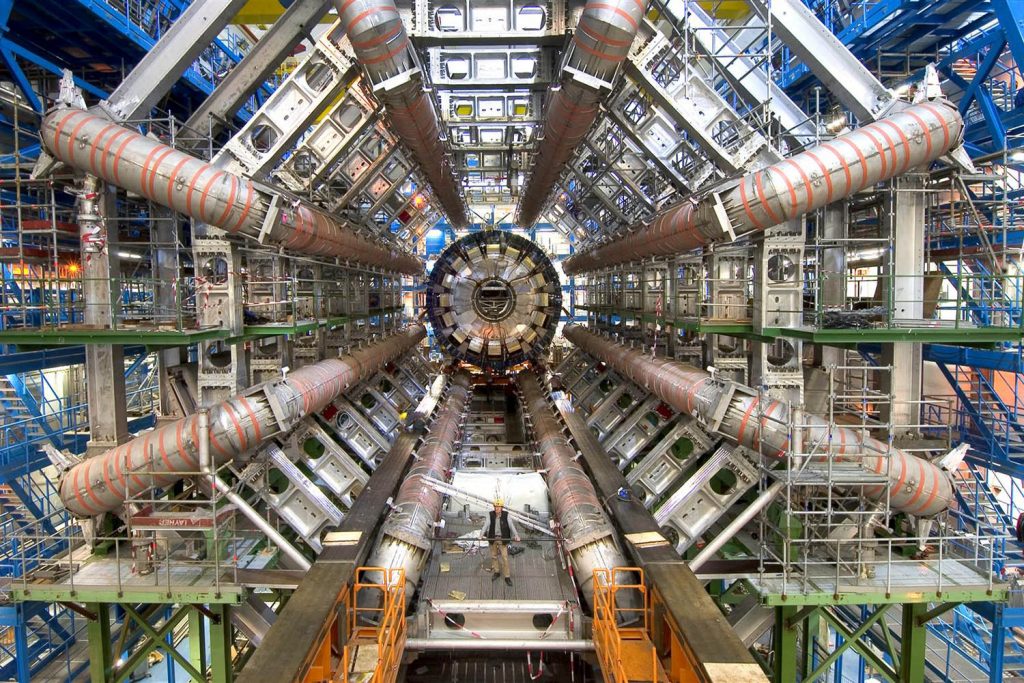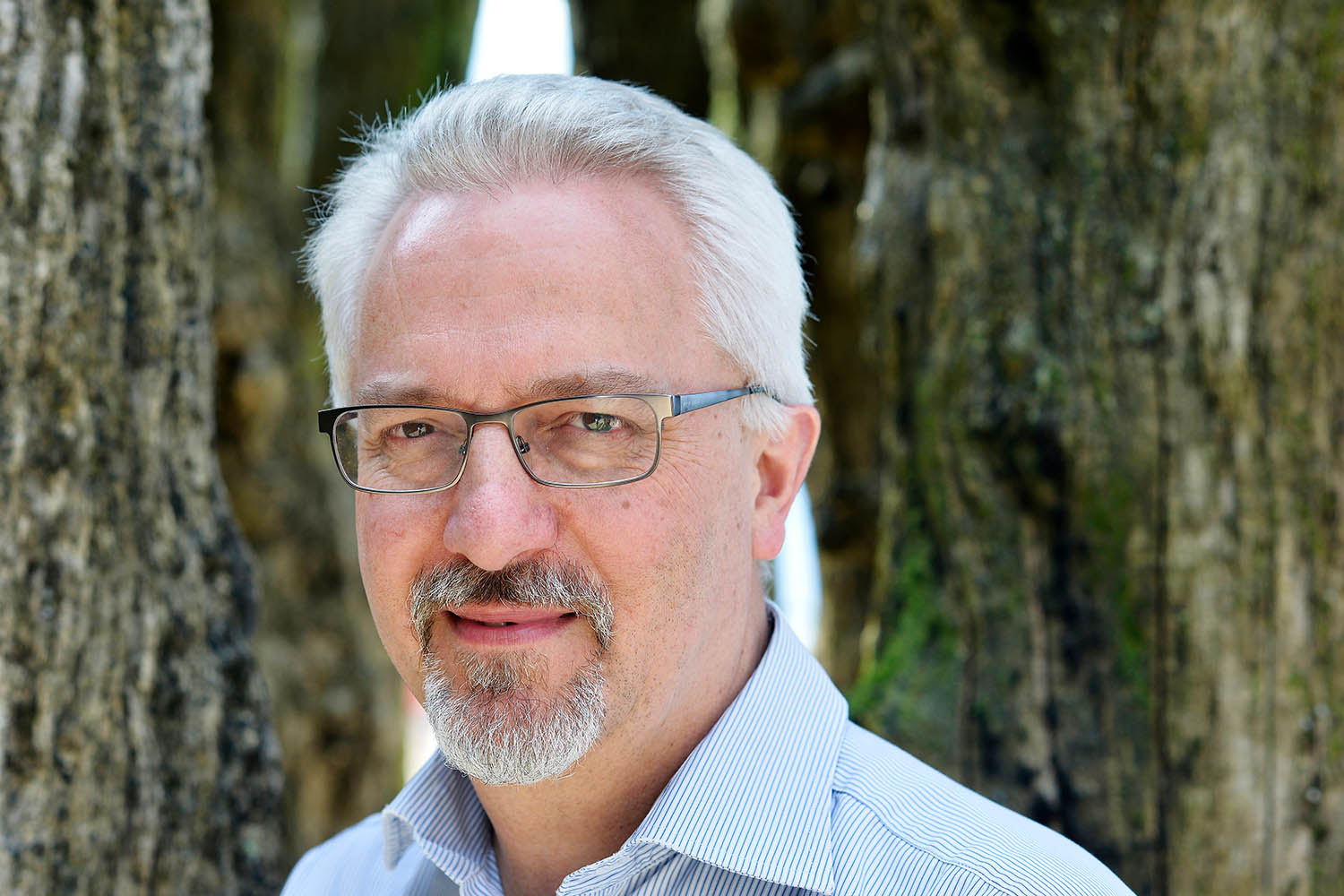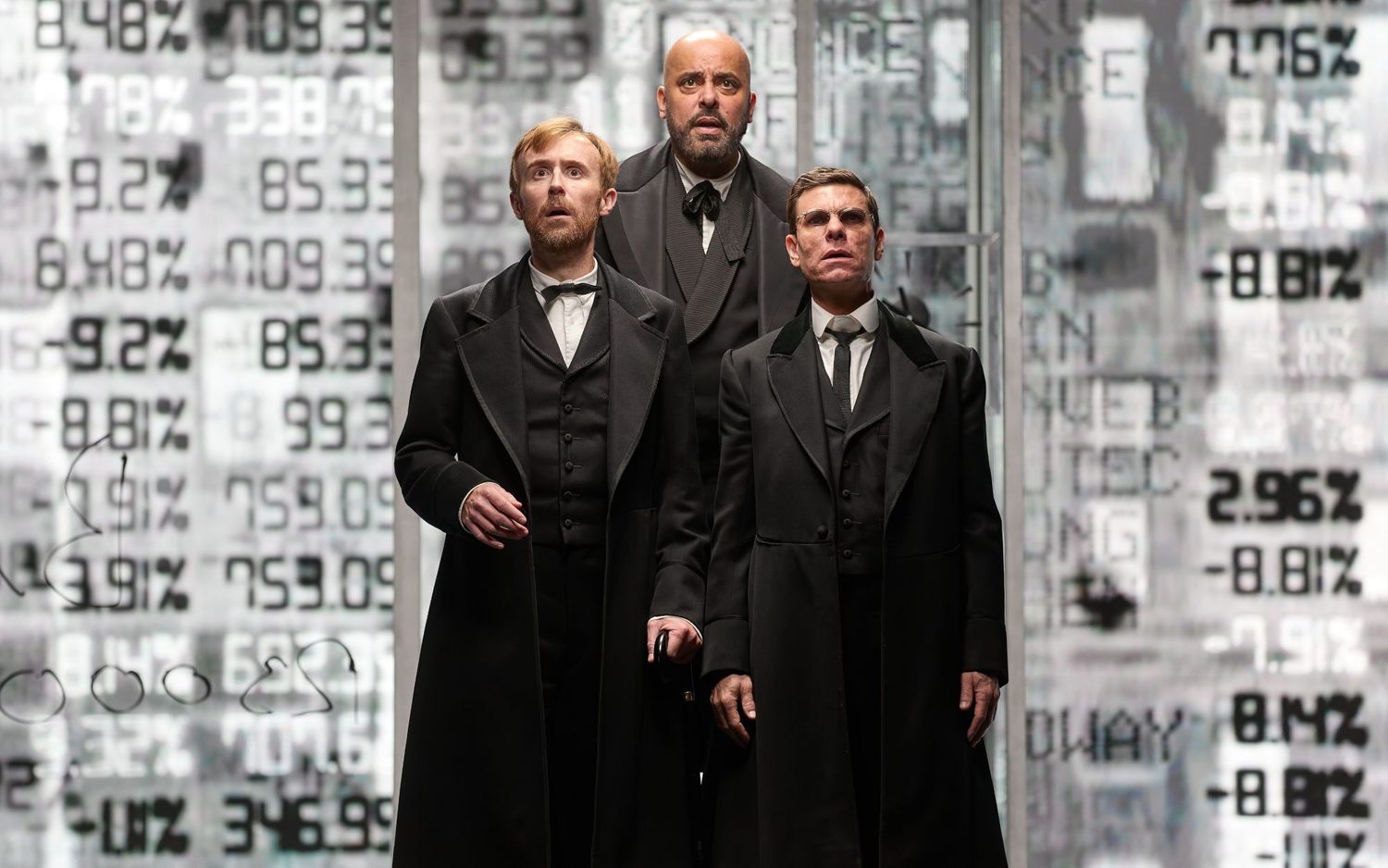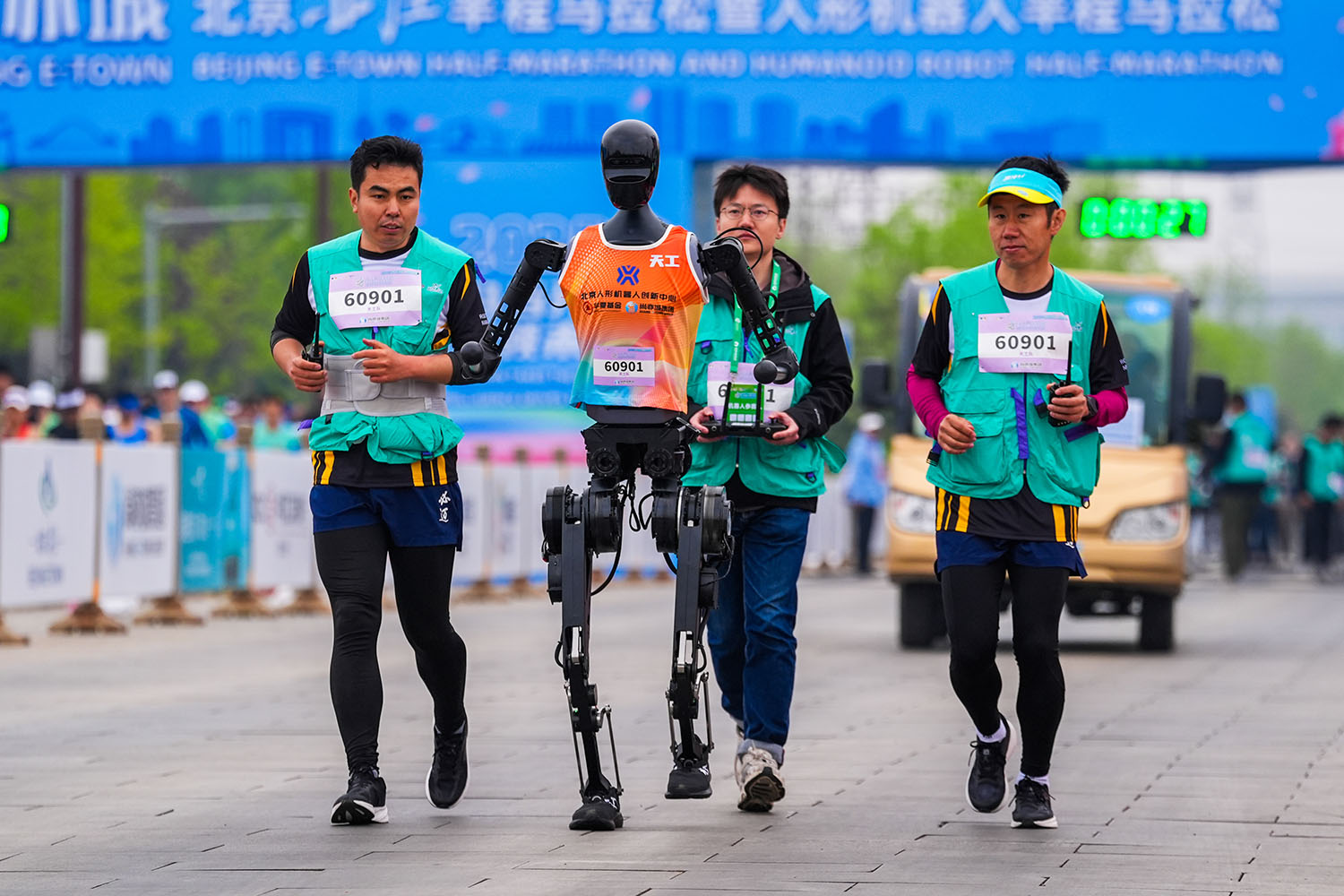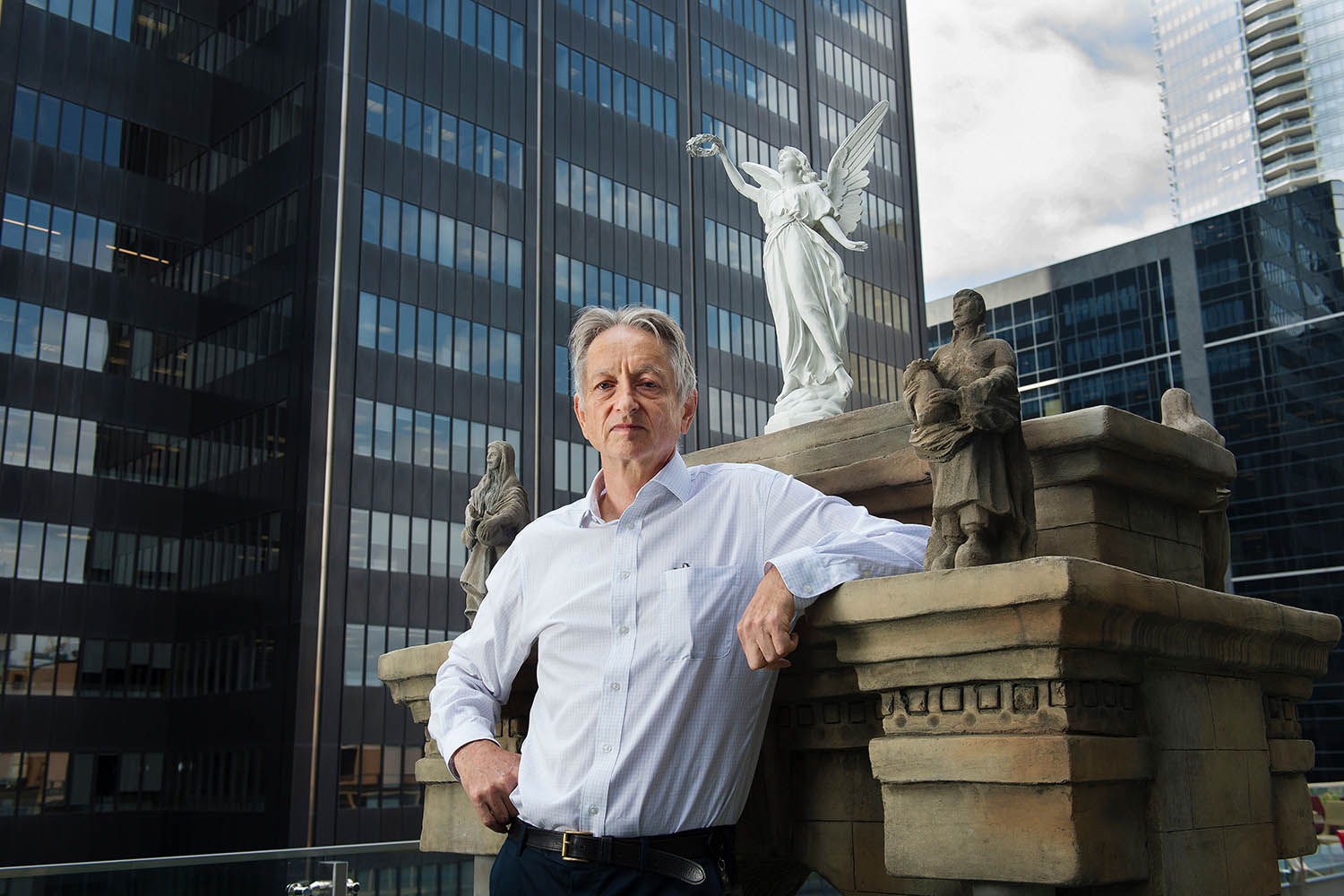
Google was celebrating its association with two pairs of Nobel prize winners yesterday, one in chemistry and one in physics.
So what? Google isn’t a university or a government lab and it doesn’t do research in physics or chemistry. It’s a private sector profit engine specialising in applied computer science.
Its connection to the Nobels – awarded to Geoffrey Hinton, John Hopfield, Demis Hassabis and John Jumper – is a telling reminder of
- how much cutting-edge science now depends on AI; and
- how much of that cutting-edge science is migrating to the private sector as a result.
Also worth noting: this could be good or bad for the future of the human race.
Category error. Since announcing the prizes on Wednesday, the Nobel committee has been getting unsolicited advice to update or add to its prize categories to account for the march of technology.
- Physics. Hinton and Hopfield won for discoveries and inventions in machine learning, for which Hinton has admitted a prize for computer science would “clearly be more appropriate”.
- Chemistry. Hassabis and Jumper won for decoding protein structures with help from an algorithm called AlphaFold2 and from the European Bioinformatics Institute (EBI), whose deputy director suggests an engineering Nobel would have been more suitable.
But Alfred Nobel set out the prize categories in his will in 1895, and computer science and engineering weren’t among them. So the committee has shoehorned the scientists it deems most deserving into old-fashioned categories even though the winners are all, essentially, heralds of AI.
Alphabet soup. Hinton – the supposed godfather of AI – was until last year pursuing pure AI research at Google, leaving the company to be able to speak freely about the risks of the technology he helped create. Hassabis and Jumper are at DeepMind, which Google owns and for which it provides the prodigious computing power AlphaFold2 uses to predict the shape of proteins based on their amino acid sequences. It has predicted 200 million so far, a thousand-fold increase on the number decoded experimentally before the algorithm became available (for free, to everyone).
BrAIn drAIn. Research for Tortoise’s Global AI Index shows that
- Ten years ago 85 per cent of state-of-the-art models for neural networks – pioneered by Hinton and Hopfield to recognise patterns in data – were developed by academic institutions, and 15 per cent by industry.
- This year, 80 per cent of state-of-the-art models are developed by industry. Not one has been developed solely by an academic institution, since universities no longer have the compute resources to train large AI models without an industry partner.
The index shows that in the past six years there’s been a steady drift of AI talent from academia to industry in the US, the UK and globally.
The good. Business can fund research on a scale most governments can only dream of. State funding via UK Research and Innovation amounts to £8 billion a year compared with research budgets at Google and Meta of $45 billion and $38 billion last year respectively.
In general, tech firms can also offer
- computing muscle; and
- the kind of “product-based mindset” that produced Covid vaccines in under a year, the EBI’s Jo McEntyre says.
In particular, protein-folding powered by AI and run as a business has the potential to dramatically accelerate the fight against antimicrobial resistance, cancer, other diseases and even marine plastic pollution.
The questionable. Hinton famously worries – as Oppenheimer did about the bomb – that if AI surpasses humans intellectually it could spin out of control. And that risk is probably not diminished by private sector players dominating AI development while locked in competition with each other.
What’s more. There’s no Nobel prize for robots to appeal to the better angels of their nature.


